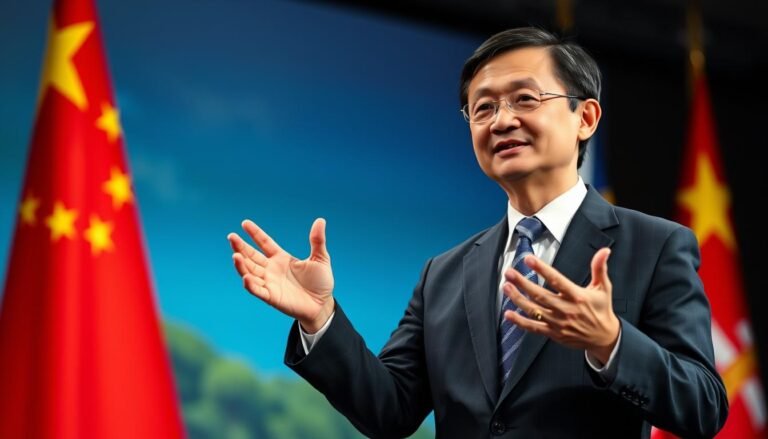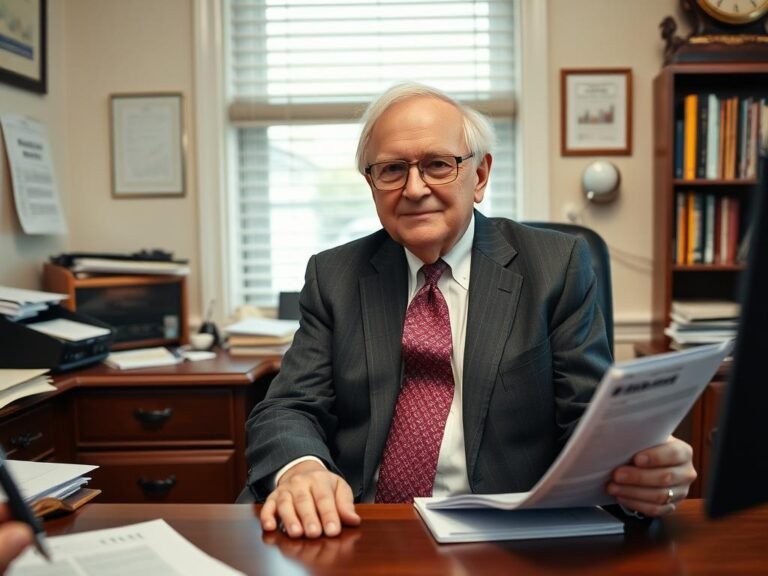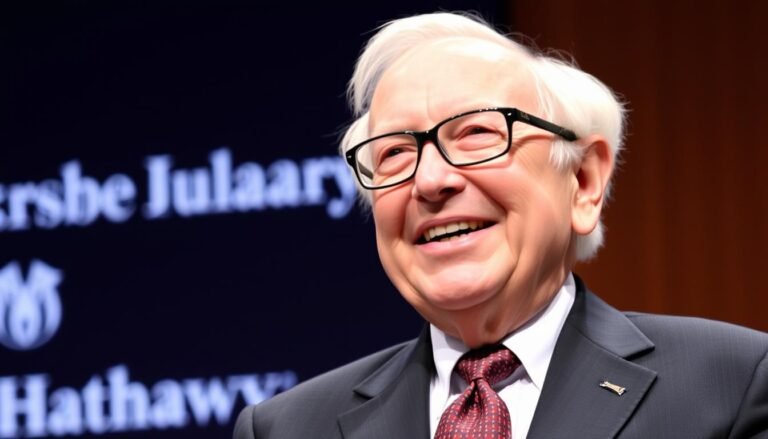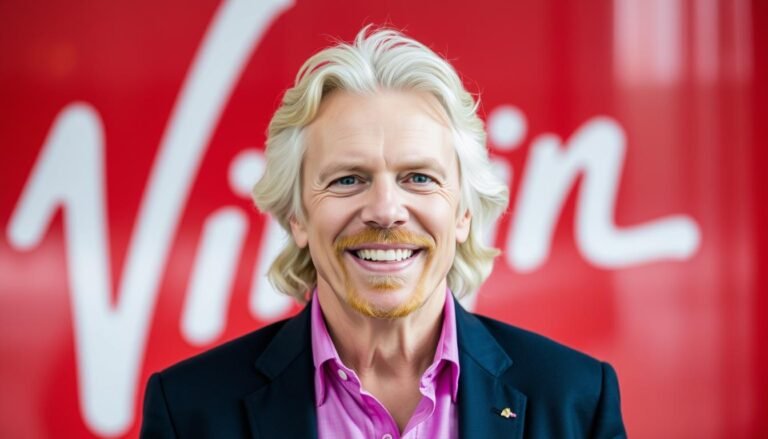Mark Zuckerberg: The Social Architect Who Redefined Human Connection
In the vast landscape of technological innovation, few individuals have shaped how humans connect and interact as profoundly as Mark Zuckerberg. From a Harvard dorm room to leading a multi-billion dollar tech empire, Zuckerberg’s journey represents more than entrepreneurial success—it embodies the deliberate construction of digital social spaces that have fundamentally altered human relationships. As a social architect, he didn’t merely build a company; he designed new frameworks for human connection that now influence billions of lives daily.
The Blueprint: Early Experiments in Social Architecture
Before Facebook became a global phenomenon, Zuckerberg’s path as a social architect began with smaller projects that revealed his fascination with digital connectivity. At Phillips Exeter Academy and later at Harvard, he demonstrated an early understanding of how technology could map and enhance social relationships.
His first notable social experiment, Facemash, launched in 2003, allowed Harvard students to compare and rate photos of their peers. Though controversial and short-lived, this project revealed Zuckerberg’s interest in digital social dynamics and user engagement. While Facemash focused on physical appearance comparisons, it provided valuable insights into online behavior and digital interaction patterns.

Before Facebook, Zuckerberg also created “ZuckNet,” a primitive messaging system for his father’s dental office, and Course Match, which helped Harvard students choose classes based on who else was enrolled. These early projects demonstrated his understanding that technology could map and enhance existing social relationships—a fundamental principle that would later define Facebook’s architecture.
Like an urban planner studying traffic patterns before designing a city, Zuckerberg was observing how people naturally connected and communicated, seeking ways to optimize these interactions through technology. These formative experiments laid the groundwork for what would become his most ambitious architectural project.
Breaking Ground: The Birth of Facebook’s Social Infrastructure
In February 2004, Zuckerberg’s architectural vision materialized as “TheFacebook,” initially designed as a digital directory for Harvard students. Unlike previous social platforms, Facebook’s architecture was built around authentic identity—users registered with real names and connected with people they knew in real life. This fundamental design choice differentiated Facebook from anonymous online forums and set the foundation for a new type of social space.

Working with co-founders Eduardo Saverin, Andrew McCollum, Dustin Moskovitz, and Chris Hughes, Zuckerberg designed Facebook’s initial structure around college networks. This architectural decision created natural boundaries and trust within the platform, as users connected primarily with peers from their educational institutions.
The platform’s rapid expansion from Harvard to other Ivy League schools and eventually to universities nationwide demonstrated the scalability of Zuckerberg’s social design. By June 2004, the operation moved to Palo Alto, California, where Zuckerberg could refine his architectural vision with access to Silicon Valley’s resources and talent.
Like a city planner who starts with a neighborhood before expanding to a metropolis, Zuckerberg built Facebook’s foundation on trusted, verified communities before opening it to the broader public. This methodical approach to social architecture proved crucial to Facebook’s sustainable growth and user engagement.
Key Milestones in Zuckerberg’s Social Architecture
- 2004: Facebook Launch
- 2006: News Feed introduction transforms information sharing
- 2008: Facebook Chat launches, adding real-time communication
- 2009: Like button creates new social feedback mechanism
- 2012: IPO and Instagram acquisition expands visual communication
- 2014: WhatsApp acquisition extends messaging architecture
- 2016: Facebook Live introduces real-time broadcasting
- 2021: Metaverse Vision and company rebranding to Meta
The Invisible Framework: Algorithm-Driven Social Dynamics
Perhaps Zuckerberg’s most influential architectural innovation was the introduction of the News Feed in 2006. This algorithmic approach to content distribution fundamentally changed how information flowed through social networks. Rather than requiring users to visit individual profiles, the News Feed brought relevant content directly to users, creating a personalized information stream.

As a social architect, Zuckerberg designed the News Feed algorithm to prioritize engagement, creating a system that amplified content likely to generate reactions. This architectural decision transformed passive browsing into active participation through likes, comments, and shares—metrics that became the currency of social media interaction.
The introduction of the Like button in 2009 further refined this architectural framework, creating a simple feedback mechanism that generated valuable data while satisfying users’ desire for social validation. This seemingly minor feature became a cornerstone of Facebook’s social architecture, influencing everything from content distribution to advertising targeting.
Like an urban planner who designs traffic systems to direct movement through a city, Zuckerberg created algorithmic pathways that guided information flow and user attention. These invisible frameworks became increasingly sophisticated over time, shaping not just what users saw, but how they interacted with content and each other.
Stay Updated on Digital Architecture Trends
Join our weekly newsletter for insights on how technology leaders are designing the digital spaces of tomorrow.
Expanding the Blueprint: Global Impact on Communication
As Facebook’s user base expanded beyond college campuses to the general public in 2006, Zuckerberg’s architectural influence reached global proportions. His design decisions began reshaping communication norms across cultures and generations, creating new social conventions and expectations.

The acquisition of Instagram in 2012 for $1 billion demonstrated Zuckerberg’s understanding that visual communication represented the next frontier in social architecture. By incorporating Instagram’s photo-centric design into his expanding social ecosystem, he acknowledged the growing importance of visual storytelling in digital interaction.
Similarly, the $19 billion acquisition of WhatsApp in 2014 extended Zuckerberg’s architectural vision to private messaging at global scale. This move recognized that social architecture must accommodate both public sharing and private communication to fully serve human connection needs.
Like a master planner who designs not just buildings but entire cities, Zuckerberg created an ecosystem of complementary platforms that addressed different aspects of social interaction. This comprehensive approach to social architecture enabled his vision to transcend cultural and linguistic boundaries, creating truly global infrastructure for human connection.


Architectural Flaws: Controversies and Challenges
As with any ambitious architectural project, Zuckerberg’s social platforms revealed structural weaknesses as they scaled. Privacy concerns emerged as a significant challenge, particularly following the 2018 Cambridge Analytica scandal, which exposed how user data could be harvested and misused within Facebook’s ecosystem.

The spread of misinformation presented another architectural challenge. The same algorithms designed to maximize engagement also amplified sensational and sometimes false content. As a social architect, Zuckerberg faced criticism for creating systems that prioritized engagement metrics over information quality.
Content moderation at global scale revealed additional complexities in Zuckerberg’s social architecture. Establishing universal standards for acceptable speech across diverse cultures and contexts proved enormously difficult, raising questions about who should have authority to regulate digital public spaces.
Architectural Strengths
- Unprecedented global connectivity
- Intuitive user interfaces driving adoption
- Powerful tools for community building
- Economic opportunities for creators and businesses
- Continuous innovation and adaptation
Architectural Weaknesses
- Privacy vulnerabilities
- Misinformation amplification
- Addiction-promoting engagement mechanics
- Content moderation challenges
- Data security concerns
Like an urban planner whose designs reveal unforeseen consequences once inhabited, Zuckerberg has been forced to retrofit and redesign aspects of his social architecture in response to these challenges. His testimony before Congress and subsequent platform modifications reflect ongoing efforts to address structural flaws while maintaining the core functionality of his social ecosystem.
The Next Dimension: Metaverse as Future Social Architecture
In October 2021, Zuckerberg unveiled his most ambitious architectural vision yet: the metaverse. By rebranding Facebook’s parent company as Meta, he signaled a fundamental shift from two-dimensional social media to immersive virtual environments designed for deeper social connection.

This evolution in Zuckerberg’s social architecture aims to create spaces where users interact not just through text, images, and video, but as embodied avatars in three-dimensional environments. The metaverse represents a significant architectural advancement, moving from digital representations of social connections to immersive social experiences.
Zuckerberg’s metaverse vision incorporates elements of virtual reality, augmented reality, and mixed reality—technologies that Meta has invested billions in developing. Through Oculus (now Meta Quest) VR headsets and other devices, he aims to create more natural and intuitive ways for people to interact digitally.

Like an architect who moves from designing buildings to planning entire cities, Zuckerberg has expanded his vision from social networking to creating comprehensive digital worlds. This architectural evolution reflects his understanding that the future of connection may transcend the limitations of screen-based interaction.
While the metaverse remains in its early stages, it represents the logical next step in Zuckerberg’s career as a social architect—a continuation of his mission to use technology to bring people together in increasingly sophisticated and immersive ways.
The Architectural Legacy: Assessing Zuckerberg’s Impact
As we evaluate Mark Zuckerberg’s role as a social architect, his impact becomes clear: he fundamentally transformed how billions of people connect, communicate, and share information. His architectural decisions—from Facebook’s original college network structure to the News Feed algorithm to the metaverse vision—have repeatedly redefined digital social spaces.

Like influential urban planners whose designs reshape how people live and interact in physical spaces, Zuckerberg’s digital architecture has created new social norms and behaviors. The “Like” button alone introduced a new form of social currency and validation that has become ubiquitous across digital platforms.
His architectural vision has consistently emphasized connection and accessibility, prioritizing features that reduce friction in social interaction. From the simplicity of Facebook’s original interface to the intuitive design of Instagram’s photo sharing, Zuckerberg’s platforms succeed partly because they make complex social interactions feel effortless.
At just 39 years old, Zuckerberg continues to evolve as a social architect. His willingness to pivot from established success to new frontiers—as evidenced by the metaverse initiative—suggests that his architectural influence will continue to shape how humans connect for decades to come.

“Whether viewed as visionary or disruptor, Zuckerberg’s architecture permanently altered humanity’s social blueprint.”
Explore the Future of Digital Social Architecture
Join our community of technology enthusiasts tracking how visionaries like Zuckerberg are reshaping our digital and social landscape.
The Ongoing Construction
Mark Zuckerberg’s journey as a social architect continues to unfold. From a college student experimenting with digital connections to the leader of a global company reimagining human interaction in virtual space, his architectural vision has consistently pushed the boundaries of how technology can facilitate human relationships.
As with any influential architect, Zuckerberg’s legacy includes both remarkable achievements and controversial decisions. His platforms have connected families across continents while raising complex questions about privacy, information integrity, and the nature of community in digital space.
What remains clear is that Zuckerberg’s architectural vision has fundamentally altered how billions of people experience social connection. As he continues to build and refine his digital structures, his role as one of history’s most consequential social architects is already secured—not just in the platforms he’s created, but in how profoundly he has reshaped human interaction in the digital age.







